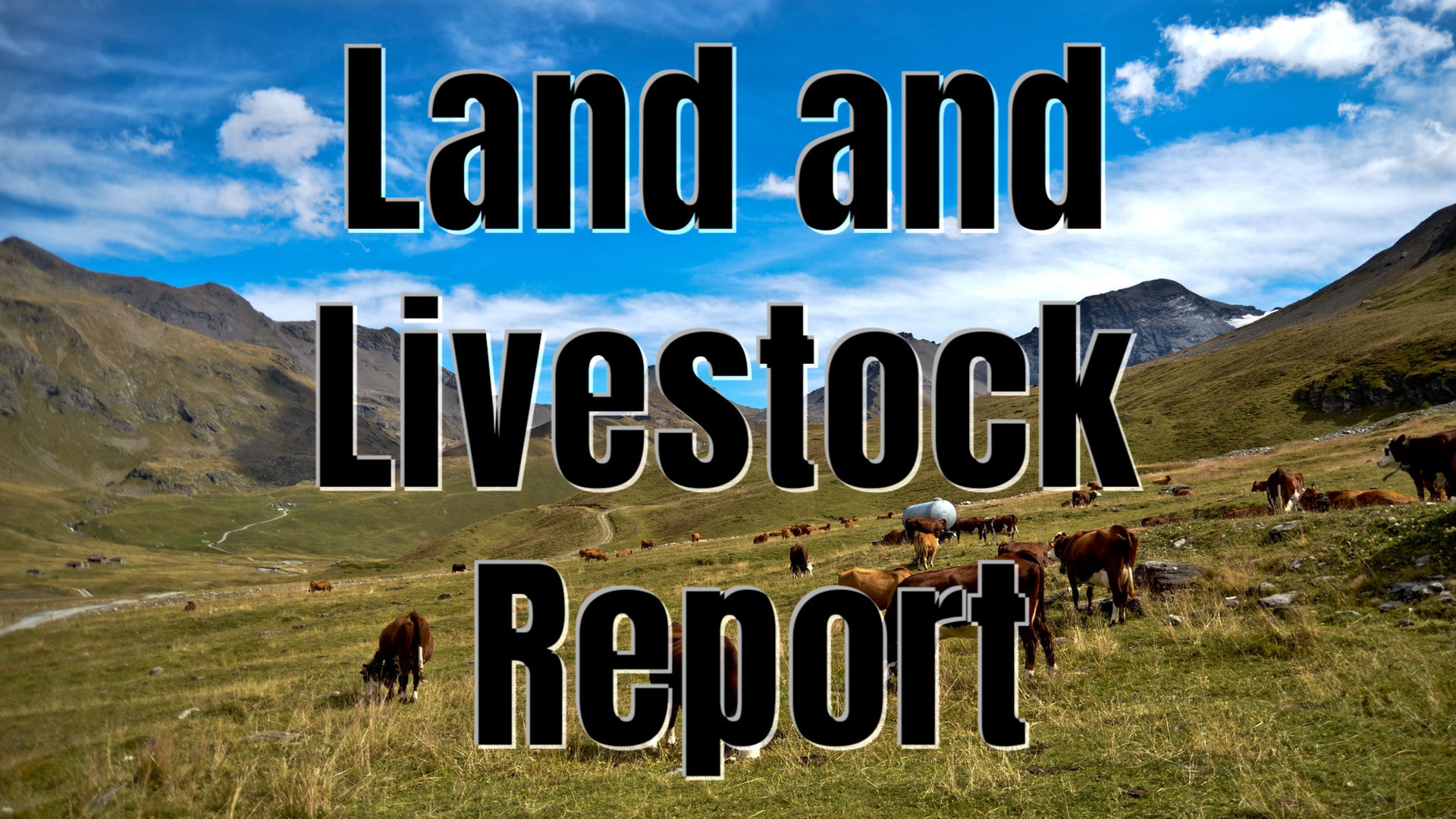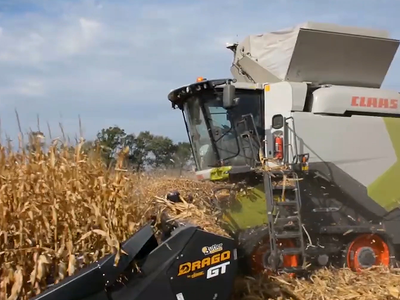CattleFax Outlines Factors Impacting U.S. Cattle Market
Herd expansion, export markets, corn crop expectations and swine fever ramifications are among the factors that will have an impact on the upcoming U.S. cattle market, Randy Blach, CEO of CattleFax, told more than 700 attendees of the 2019 Cattle Industry Summer Business Meeting near Denver July 30, 2019. Blach was keynote speaker at the Opening General Session of the meeting, a gathering for leaders of the National Cattlemen's Beef Association, Cattlemen's Beef Board, American National CattleWomen and National Cattlemen's Foundation.Blach told the group that U.S. cattle herd expansion had slowed to a crawl, with the lion's share of growth behind the industry. That slowing had been expected, he said. Record beef, pork and poultry supplies are having an impact on the market. For that reason and with record meat consumption expected next year, it's critical for export markets to be opened and trade policy questions to be answered, he said.
However, consumers have responded well to the increased quality of beef production in this country, Blach said. There has been a 50 percent increase in prime and choice production over the past 15 years, and 80 percent of U.S. beef is now Prime and Choice. Beef has captured an additional 7 percent of market share of meat spending from poultry and pork. "It's a great, great success story," Blach said. "We have to continue to be the highest quality protein provider, delivering products we can stand behind that consumers love."
Blach pointed out that the average consumer works only 12 minutes to be able to pay for one pound of high quality Choice beef. "That's a bargain," he said.
Corn crop uncertainty centered around the number of acres planted and yield potential is also of concern, as the impact of wet weather in grain producing segments of the country will be unknown until the middle of August, Blach said. Furthermore, ramifications of swine fever in China will add some unknowns to the equation. "We're looking at a lot of volatility as a result of what's happening in that part of the world," he said.
"We have to remember that only 4 percent of the world's consumers live in this country," Blach added. "Currently 14 percent of beef and beef by products are exported. More than 20 percent of the value of every fed steer is generated by exports. We need to have more outlets for not only our beef, but our poultry and pork."
Blach said that while an economic recession could have some serious repercussions on the beef cattle industry, the bottom line for producers is profitability, which in general the industry has seen in recent history. "If we're not profitable, we're not sustainable," he said. "I do believe we're going to stay profitable as we go through this cycle."
Blach's comments reflected information shared with CattleFax members in a Long Term Outlook produced last week. The Outlook provides an up-to-date look at the factors influencing the U.S. cattle market and its producers.

















